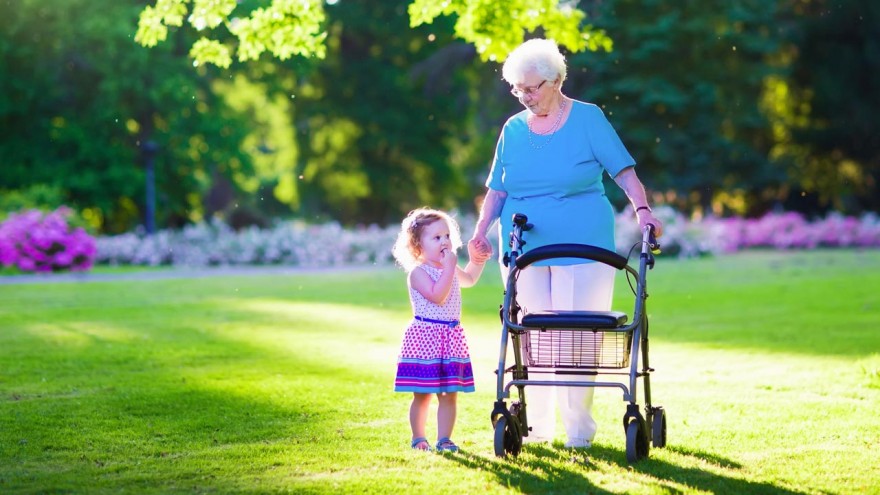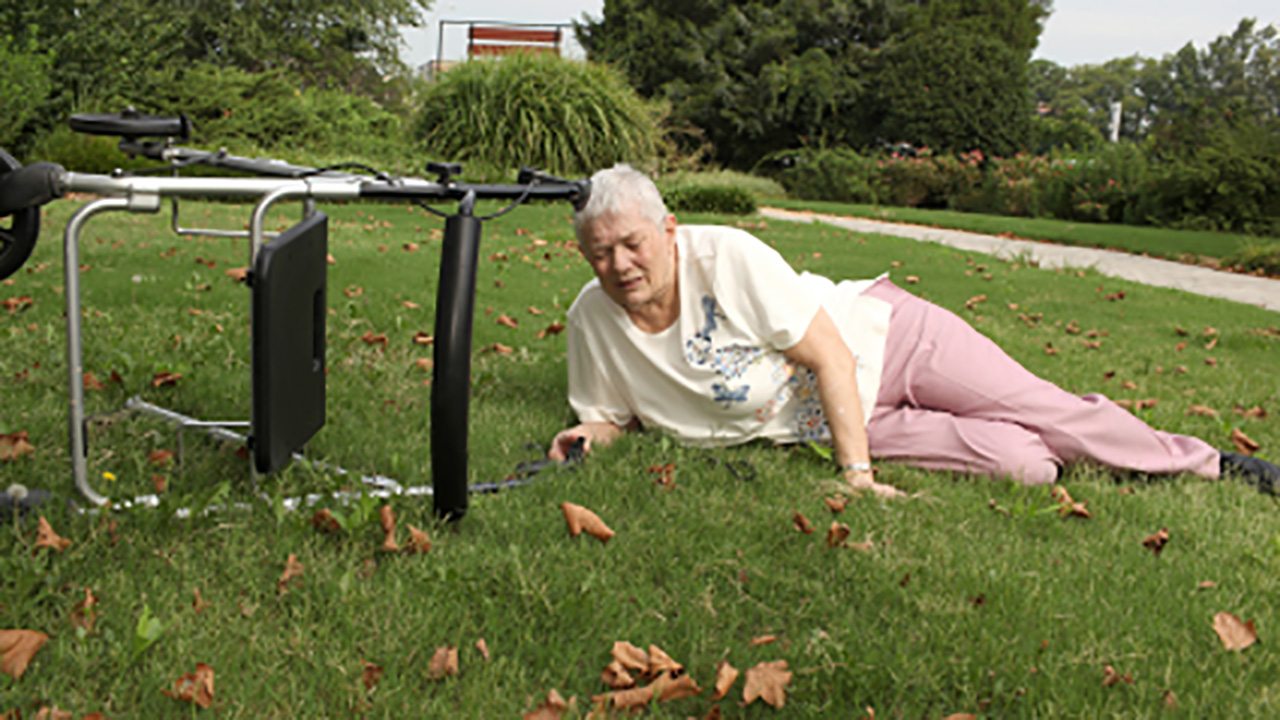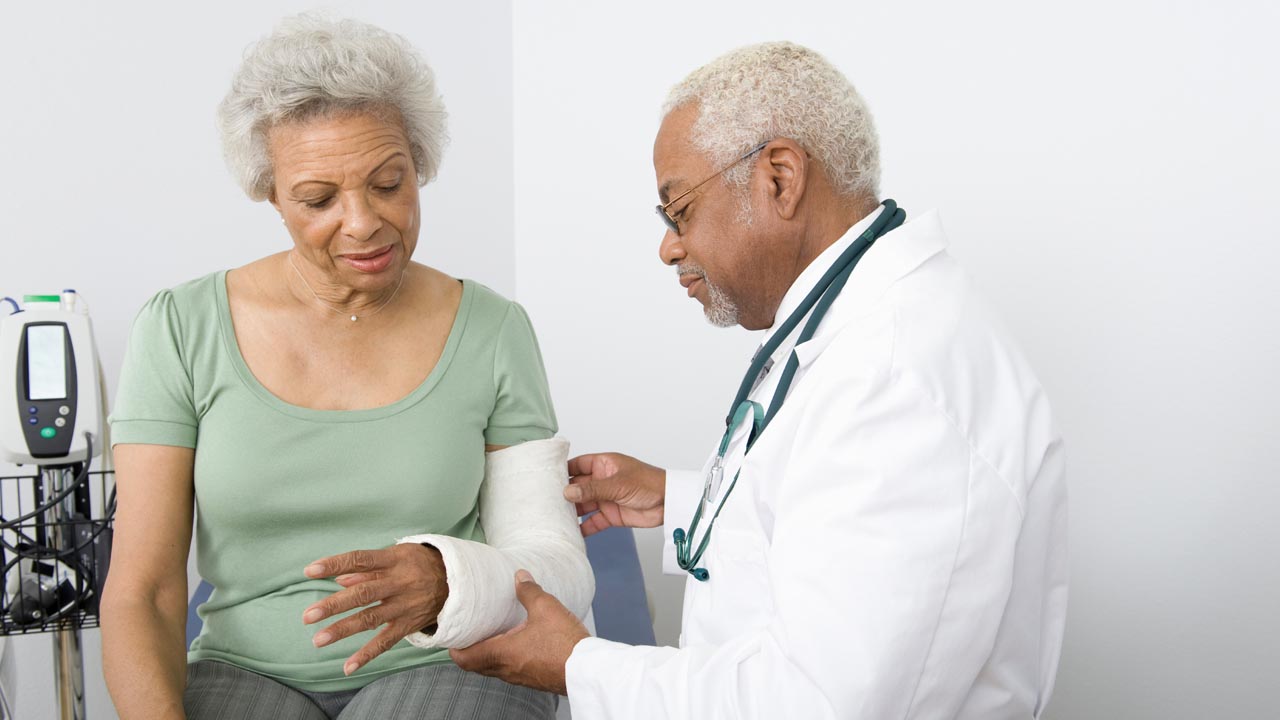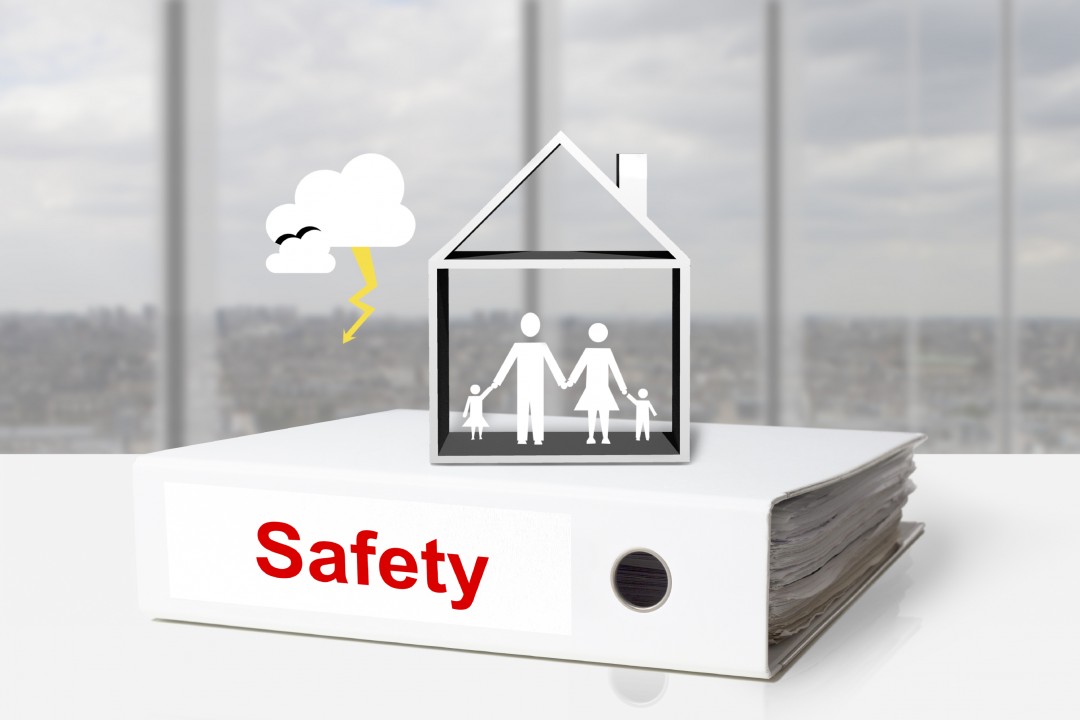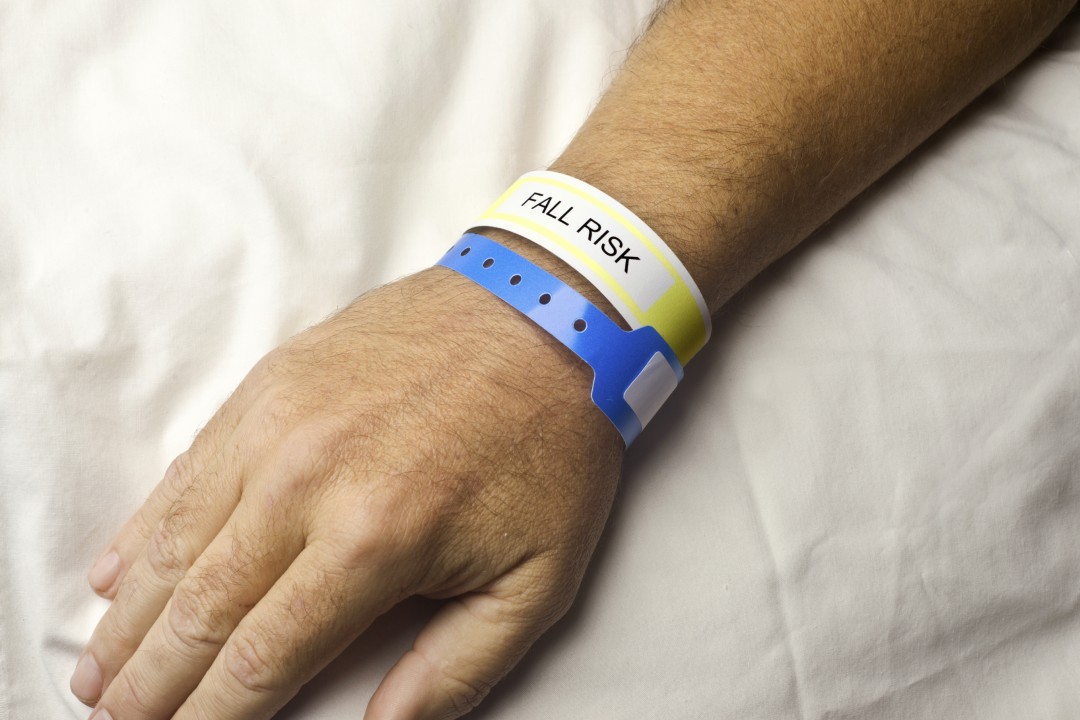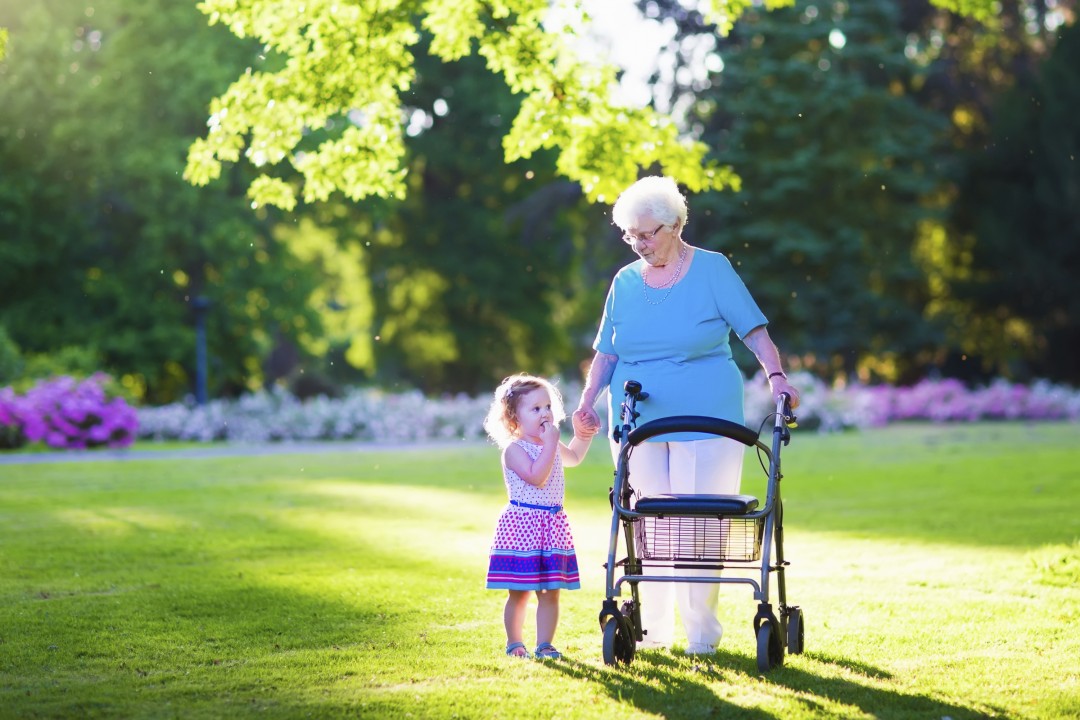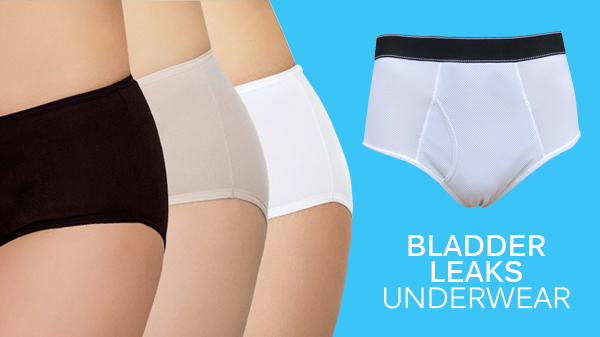Walking Aids Help Elderly Avoid Falls
Falls are common in older people and the risk of falling increases with increasing age
A third of those aged 65 years and over, rising to over 40% in those aged 80 years and above, fall each year, compared with 8% in middle age
Physiological changes associated with normal ageing reduce balance, increase reflex times and thus, increase the risk of falling
Specifically, we rely on our vision, sensation from the feet and legs, the inner ear and processing of all these inputs by our brain
Even in healthy old age, all of these systems show physiological decline, putting us more at risk.
Additionally, without regular exercise or training, we lose muscle strength with normal ageing and our blood pressure control on changing position (e.g. standing up) becomes less effective and may causing us to feel unsteady or even dizzy
Chronic problems, such as osteoarthritis, eye disease and inner ear problems are also often present and increase the risk of falling
Acute problems, such as infection, heart rhythm disturbances and drug problems, can also present as a fall or loss of consciousness. Thus falls may be caused by a single factor, but much more commonly by a combination of environmental, physiological and pathological factors in the elderly person
Walking aids can be a great benefit to avoid trips and falls
- A bathroom can be a particularly hazardous environment for elderly people if the proper precautions are not taken. A combination of wet floors and reduced visibility caused by steam can lead to trips and falls. However, there are now many types of grab rail designed to give people the support exactly where they need it. Grab rails can either be attached permanently to walls or clipped onto the sides of baths for extra convenience. A padded rail will provide users with sensitive hands safe and sturdy assistance whilst getting in and out of the bath.
- A shower grab rail can be attached to the wall at a height that suits the individual to provide more stability in the shower and whilst getting in and out. A simple shower garb rail can often allow an older person to manage personal hygiene tasks without assistance from a carer. A bath seat placed iin the shower is also a good idea to allow your parent to sit and wash if they find standing for too long difficult
- A simple walking stick can often mean the difference between getting out and about or being confined to the home. A walking stick should be carefully selected, however, to make sure it meets your parent’s specific needs. If the stick is required to bear weight, a carbon-fibre or aluminium model may be the most appropriate, whilst a tripod or quadruped walking stick will be able to cope with almost the entire weight of the user. Many users complain that heavy, cumbersome walking sticks can become tripping hazards, but a folding stick can be stowed away quickly and safely in a pocket or handbag.
- A walking frame. Many people suffering with immobility are advised to stay as active as possible, and a well-made frame will allow them to do just that. Chose a lightweight frame for manoeuvrability and you can get padded arthritic accessories to make walking more comfortable. Some models come fitted with castor wheels and brakes for added control
- A trolley walker enables the older person to maintain better balance. They tend to have either three or four wheels, with hand-operated brakes for responsive control and a lock for keeping the walker firmly in position. Look for a walker with adjustable handles so that your parent can choose the most comfortable walking position and for an aluminium frame to make them lighter and easier to manoeuvre. You might also want to look for ones with storage baskets and compartments to carry things. Some also come with a built in chair to allow your parent to stop and rest when they need to do so.
Trips and falls are a common hazard that the elderly must deal with on a daily basis. However, the right equipment in the right place can reduce the risk of such accidents to a minimum.



